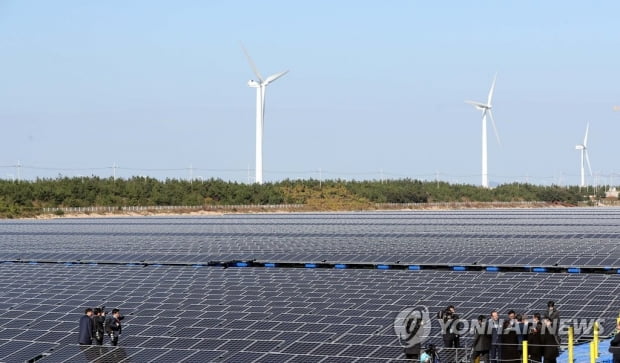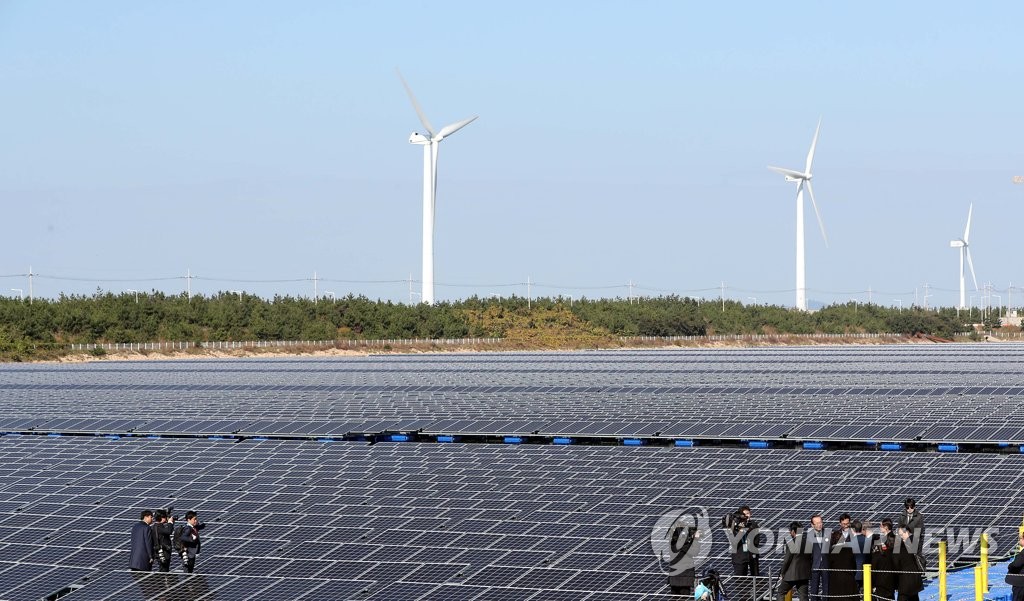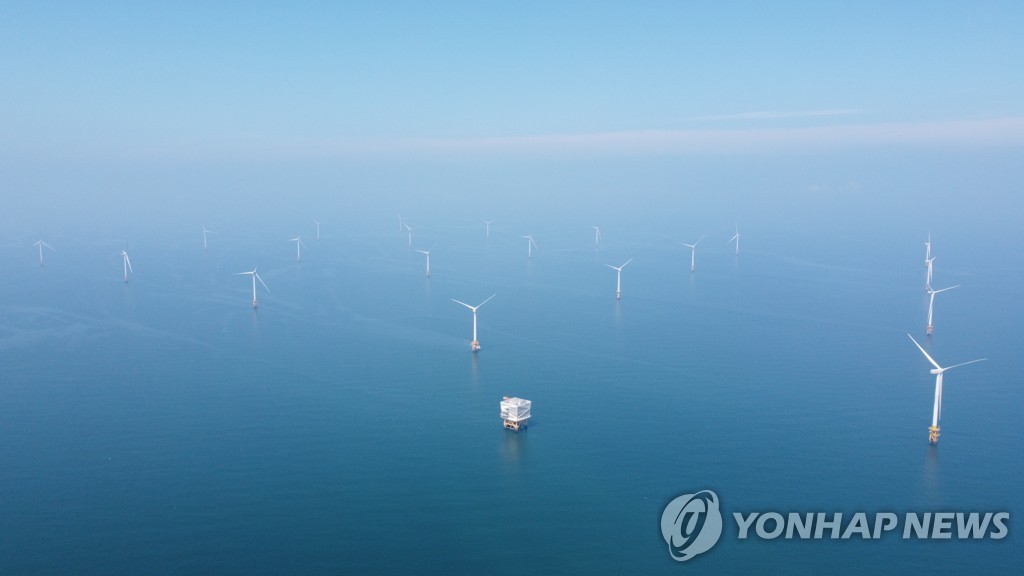
[ad_1]
Confirmation of the ‘fifth basic plan for new and renewable energies’

By 2034, the share of new and renewable energy generation will increase to 25.8%, emerging as the main source of energy.
In order to expand the effective supply of new and renewable energy, licensing regulations will be relaxed and the market for renewable energy compliance costs (RPS) will be reorganized to increase the profitability of commercial operators.
The government held a new and renewable energy policy council on the 29th to deliberate and finalize the fifth basic plan for the development, use and distribution of new and renewable energy technologies.
The basic plan for new and renewable energies, which is established every 5 years for a period of 10 years or more, contains goals and plans for medium and long-term implementation in the sector of new and renewable energies in relation to the ‘Plan Basic Energy ‘, the superior plan of the energy sector.
The fifth basic plan for new and renewable energies is scheduled between 2020 and 2034, as is the ninth basic plan for energy supply and demand, recently confirmed.
The target for the participation of new and renewable energy generation in 2034 was set at 25.8% (renewable energy 22.2%, new energy 3.6%) in line with the ninth energy plan.
As of 2034, the new and renewable energy capacity (for commercial + private use) is 82.2 GW.
To expand the supply of new and renewable energy, the government decided to introduce a wind power one-stop-shop, an integrated wind power licensing organization, and extend the rental period of the site in line with increasing the life of the facility.
It plans to improve regulations related to permits and permits such as separation distances, establish regional energy centers, and strengthen incentives for local governments of excellence to foster the diffusion of new and renewable energy led by the region.
In addition, while building a platform that provides information on idle state-owned land suitable for new and renewable energy, various financial supports are implemented through personalized loans, green guarantees and renewable ecosystem funds.
It is planned to strengthen safety management by establishing an integrated facility safety management system in conjunction with the integrated renewable energy licensing system next year.

The RPS market will be reorganized to focus on long-term competitive bidding contracts to improve profitability for commercial operators and consideration will be given to separating the market by energy source.
Based on the introduction of the carbon certification system, the tendering system will be reformed, such as separate tenders for new and existing commercial operators, and the establishment of a new large-scale market (20MW or more).
The mandatory RPS ratio will rise to 40% by 2034 and the standard for power generation facilities will be lowered from 500MW to 300MW, increasing the mandatory supply number from 23 to 30 next year.
It will also prepare a plan to introduce a renewable heat supply system (RHI or RHO) and diversify the goal of mandatory renewable fuel blending (RFS).
The biodiesel blending ratio, which is currently 3%, will gradually increase to around 5% in 2030.
Regarding the demand, it has decided to operate various means of implementation so that companies and public institutions can implement the RE100.
RE100 is a voluntary campaign to cover 100% of the electricity used by companies with renewable energy.
In addition to recognizing the reduction of greenhouse gases, it plans to strengthen incentives for participation such as support for the green guarantee and the granting of the RE100 labeling, and expand RE100 participants to industrial complexes, regions and citizens (domestic electricity consumers ).
We will also review ways to provide incentives such as self-consumption RECs to activate renewable energy for private use.
Renewable energy exceeding demand for each time period is promoted to apply a ‘storage mix’ that is used at different times after discounting weekly rates or storing.
In addition, the government decided to promote 1,000 specialized hydrogen companies and 100 innovative energy companies with sales of more than 100 billion won to revitalize the hydrogen industry.
The scale of R&D support for hydrogen materials, parts and equipment will increase to 200 billion won by 2030.
It will focus on localizing core technologies such as high-efficiency solar cells, ultra-large wind turbines (12MW or more), mass production of green hydrogen and heat from water, while improving the connection method and infrastructure to mitigate system congestion and respond to fluctuations in renewable energy.
To achieve carbon neutrality by 2050, the company will seek promising renewable energy sources, innovate supply technologies such as ultra-high-efficiency solar cells and develop ultra-large wind turbines, build a renewable energy-focused power system, and expand hydrogen. green.
/ yunhap news